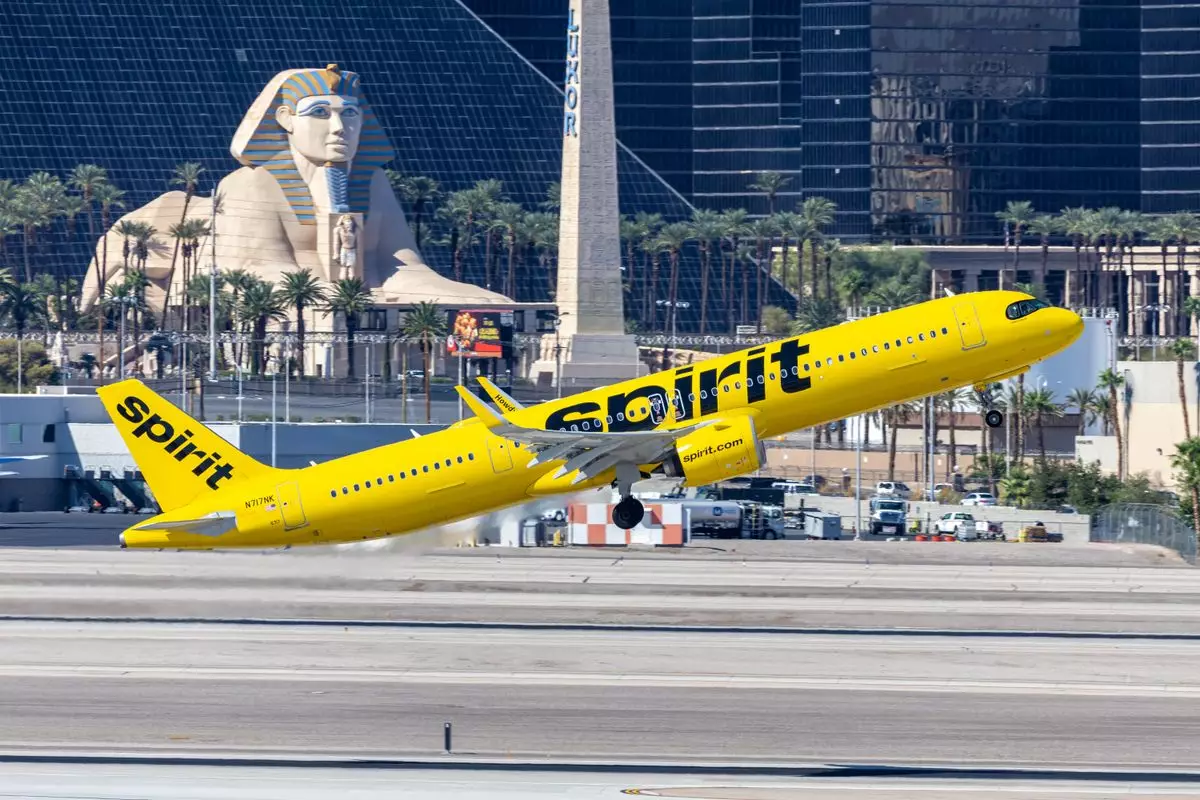Spirit Airlines has recently cast off the shackles of Chapter 11 bankruptcy, emerging not just intact but in a more robust financial state. This dynamic transformation was largely propelled by an impressive maneuver that saw bondholders converting a staggering $795 million in debt into equity. Such a financial strategy often signifies a substantive shift in a company’s balance sheet, allowing Spirit to bury some of its burdens while simultaneously attracting a commendable $350 million equity investment. This infusion is especially significant given the company’s financial challenges over the past year, culminating in a net loss of $1.23 billion.
Rightsizing in a Competitive Landscape
In a market increasingly leaning towards premium travel experiences, Spirit has had to realign its business model significantly. Faced with shifting consumer preferences and rising operational costs—complicated by the inspection troubles of its Airbus A320neo aircraft—Spirit recognizes the urgent need to adapt or risk obsolescence. Reporting just $902.1 million in cash reserves at the end of 2024 reflects both the impact of these strategic shifts and emphasizes the necessity for growth in a time of financial retrenchment.
Interestingly, while Spirit’s decision to file for bankruptcy on November 18 seems drastic, it was coupled with a clear strategy from the start to emerge by the end of March. Notably, throughout this restructuring process, Spirit maintained its flight operations—a bold move that suggests a commitment to both its passenger base and brand loyalty, despite a 14.9% reduction in available seats compared to the previous year.
Transforming the Guest Experience
But Spirit isn’t just about survival; it’s also about transformation. The airline has made strategic overtures toward appealing to a wider demographic of travelers, diverging from its traditional ‘no-frills’ approach. The introduction of priority check-in lanes in August marks a significant pivot; it’s a clear signal that Spirit seeks to transcend its image as merely a budget airline. This aligns with their newly launched fare products designed to enhance customer experience, including an all-inclusive bundle revolving around the airline’s premium ‘Big Front Seat.’
CEO Ted Christie has been vocal about the airline’s renewed commitment to improving the guest experience while focusing on profitability. Such a trajectory showcases an awareness of current market demands—it’s not just about low prices anymore, but holistic value for consumers. The strategy behind this augmented service offering signifies a keen recognition of evolving consumer needs, pointing Spirit toward a path of long-term success and sustainability.
Looking Ahead: A Future Full of Possibilities
In sum, Spirit Airlines stands at a critical juncture, having navigated a turbulent financial period and now possessing the tools for reinvention. As the airline embarks on this new chapter, its ability to both innovate and respond to the changing travel landscape will be scrutinized closely. The company is not merely shedding bankruptcy but is instead rolling out a comprehensive strategy aimed at capturing a more diverse clientele. If they can execute this vision, the airline could very well redefine what affordable air travel looks like in the coming years.


Leave a Reply